REZONING: WHAT COULD WARD 9 LOOK LIKE?
Did you know that currently more than 97% of R-CG rezoning applications brought before council are approved?
Some of the feedback we’ve heard about rezoning is that people feel unsure about the change to allow for row houses on what are most commonly single-family lots. The City estimates that over the course of the next 3-4 years, we will begin to see a city-wide shift in row house applications from about 150 submissions, growing to about 500 submissions before things level off. Over a 10 year span, that equates to about 3,900 parcels changing from single-family or duplexes to row houses.
The above map was created by More Neighbours Calgary (MNC). Using data from City Administration and a points-based system that ranks each communities development desirability on things such as proximity to downtown, transit access to jobs, community age, and available supply, we can paint a realistic picture of where development can be anticipated throughout Calgary. By simulating this data, MNC has generated a map of Ward 9 that shows how many row house developments each community can anticipate over the next 10 years. The purple dots are already existing or simulated converted lots, while the orange dots remain just as they always were.
*Please note: the simulated dots have been randomly assigned and do not necessarily reflect the precise location of potential future redevelopment.
It’s actually not a lot of change, so why go through all of this?
It really isn’t that much of a change, especially when we understand this is over a 10 year period. But every little bit helps. It's crucial to recognize the significance of all housing. As it stands, Calgary has 60 new individuals moving to our city ever single day, that’s more than 21,900 yearly. And according to City administration figures, the proposed rezoning change will only address 7-10% of this influx.
Rezoning helps streamline administrative procedures, cutting through bureaucratic red tape and minimizing the time and resources expended by council members, staff, and developers on matters typically approved with very high frequency. This efficiency benefits both city governance and taxpayers alike - by reducing the time allocated to handling minor land use changes, council can focus its attention on more pressing issues.
But lastly, and perhaps most importantly, adding more homes within our existing communities will work to make services more reliable, less expensive, and more successful. We clearly understand the impacts sprawl has had on our ability to keep services stable without raising taxes. Continuing to grow out instead of up is no longer a sustainable option.
You can learn more about More Neighbours Calgary and their visual data simulation on row house development throughout Calgary by visiting the link below.


